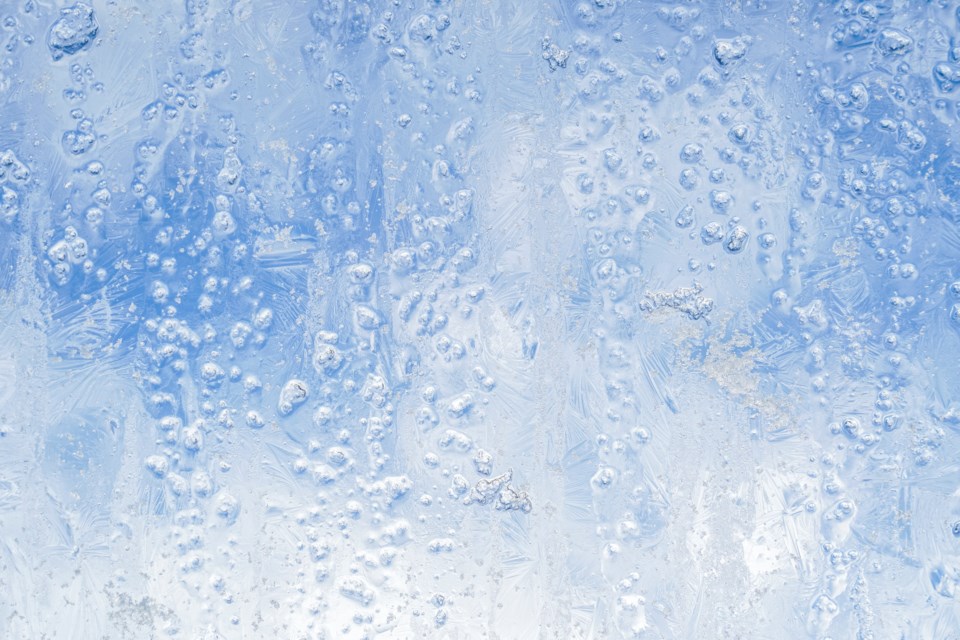This weekend I was speaking with some farmers from the Fraser Valley about our national pastime, the weather. We usually see the first strawberries in markets by Mother’s Day. Not this year. Usually by now I would have planted most of my gardens at Cheakamus and be reaping the first radishes. Not this year. Fireplace at home? Usually cleaned up. Not this year. It’s roaring.
In the early 2000s we were hammered by Al Gore with global warming. That was replaced by climate change. Is it real? Absolutely. But what if instead of getting warmer, we are in the start of a mini ice age?
The Little Ice Age was one of the coldest periods in modern times, occurring about 600 years ago. It was a period of cooling that was responsible for crop failures, famines and pandemics, resulting in millions of deaths. A paper published in Science Advances suggests that it may have been triggered by a global warming. Researchers discovered that there was an abnormally strong northward transfer of warm water prior to the Little Ice Age. As a result, the waters south of Greenland and the Nordic Seas became much warmer than usual.
Warm water from the tropics flows north along the coast of Northern Europe, and when it reaches higher latitudes and meets colder Arctic waters, it loses heat and becomes denser, causing the water to sink at the bottom of the ocean. This deep-water formation then flows south along the coast of North America and continues to circulate around the world. It is called the Atlantic meridional overturning circulation (AMOC).
But in the late 1300s, this strengthened significantly, with far more warm water than usual moving north, which caused rapid Arctic ice loss. Over the course of a few decades, vast amounts of ice were flushed out into the North Atlantic, which not only cooled the North Atlantic waters, but also diluted their saltiness, ultimately causing the circulation to collapse. It was this collapse that then triggered a substantial cooling. That’s the theory.
The Woods Hole Oceanographic Institution also published work on the possibility that we are on the brink of a mini ice age. Same premise about ice melting (fresh water) and disrupting the AMOC. Wood Hole is probably the most neutral group of experts on oceanography on the planet.
Combine this all with predictions of reduced solar activity from 2030 to 2040 and it might get even chillier.
Who remembers the movie The Day After Tomorrow?




